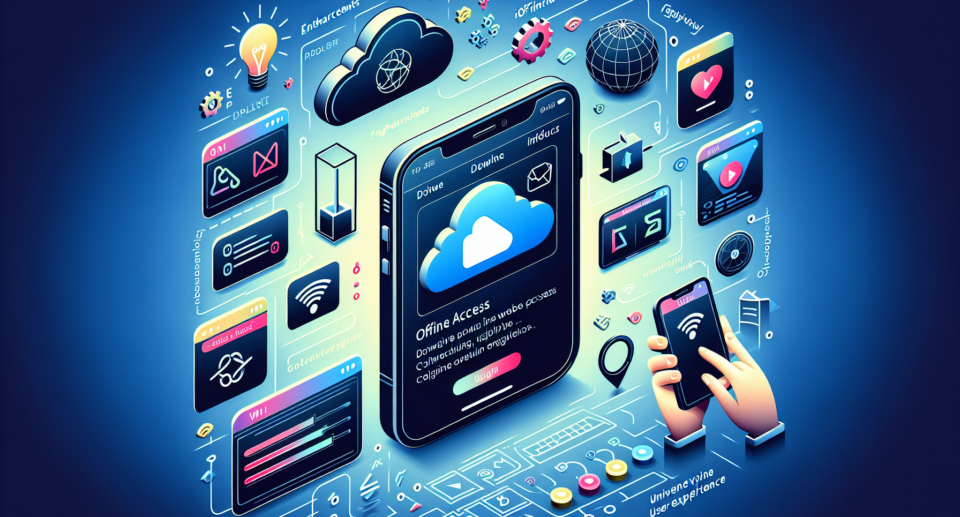Enhancing iOS User Experience: Integrating Smart Offline Access and Online Connectivity in WebView Apps

In today’s fast-paced world, ensuring a seamless user experience is crucial for any iOS app. Users expect not only a smooth and engaging online experience but also a reliable offline mode when their connectivity is compromised. This expectation extends to WebView apps, which are essentially web applications encapsulated within a native app shell. The challenge lies in delivering a consistent and uninterrupted experience regardless of a user’s connection quality.
Offline Access: A Vital Feature for WebView Apps
WebView applications have become increasingly popular due to their ability to provide a native app feel while keeping development costs low. However, one of the features that stand out for users is the ability to access content without an active internet connection. Smart offline access allows users to continue using the app seamlessly, providing a cache of previously loaded data or a custom offline page that can be displayed when the app can’t connect to the web.
Implementing offline functionality in WebView apps can significantly enhance user satisfaction. It ensures that the essential features remain usable during network disruptions, making the app reliable and resilient. For example, users can still read articles, browse product listings, or even fill out forms that can be submitted once connectivity is restored.
Online Connectivity: Keeping Information Fresh and Relevant
While offline access is essential, online connectivity plays a pivotal role in keeping app content up-to-date. A robust WebView app should have the intelligence to detect when an active connection is available and refresh its content accordingly. This brings forth the latest information and functionality from the web, ensuring users have access to real-time data such as news updates, stock prices, or social media feeds.
A WebView app should also offer smooth transitions between offline and online states. Users should not experience jarring alerts or disruptions but rather a seamless switch that enhances their overall experience with the app.
Integrating Smart Offline Access and Online Connectivity
To create a WebView app that smoothly transitions between online and offline modes, developers need to implement a series of smart strategies. This includes preloading important web pages for offline use, employing service workers for background syncing, and setting up intelligent caching mechanisms that update the content when the device is back online.
Additionally, careful attention must be paid to the user interface design. Indicators for connection status or refresh buttons can help users understand what the app can do at any given moment, empowering them with control over their experience.
WebViewGold: Your Gateway to Enhanced WebView Apps
For those looking to convert their websites into fully-featured iOS apps with both smart offline access and robust online connectivity, WebViewGold serves as a quick and simple solution. This tool effortlessly turns your website into an app by leveraging your existing web code and wrapping it in a native WebView container.
WebViewGold comes with built-in features that address the challenges of offline and online functionality. It provides a straightforward way for developers to harness the benefits of smart caching, offline page displays, and automatic content updates upon reestablishing connectivity, all without requiring extensive coding knowledge.
By choosing WebViewGold, you tap into an ecosystem that understands the essentials of an optimal user experience on iOS. The outcome is an app that resonates well with users, not only meeting but exceeding their expectations for a WebView application.
